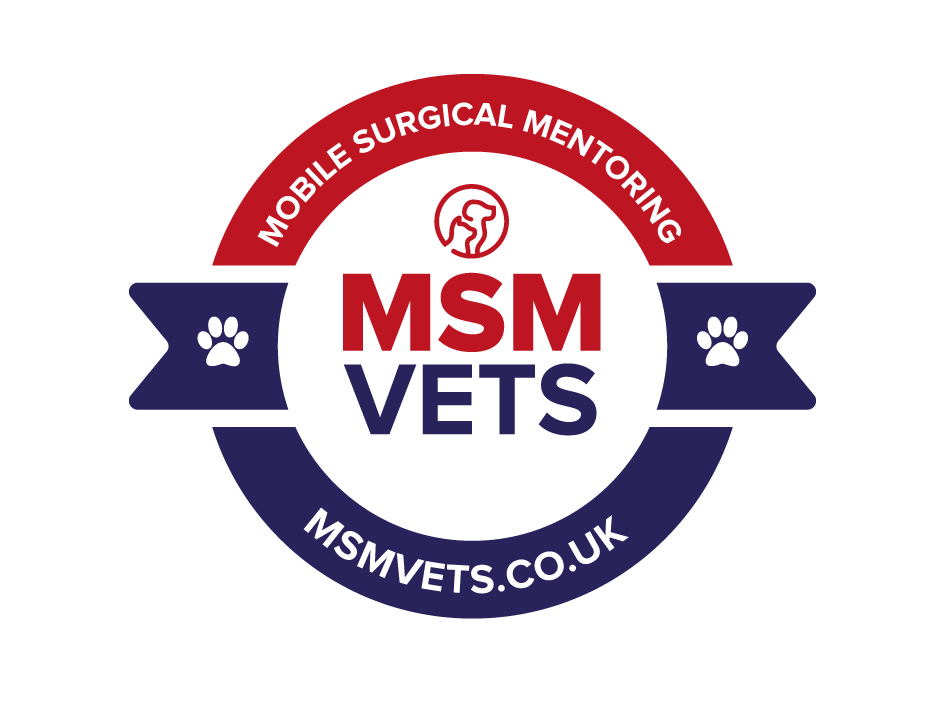Liver cases in dogs and cats often end in a dead end.
After presentation, bloods and diagnosis of a liver-based issue, where do you go next?
Our blog takes a look at where you can go…and what can be achieved…
Blood results
The bloods will show raised ALT, ALKP, GGT, and perhaps bilirubin. The next step is usually an ultrasound. Imaging to identify lesions and irregularities in both the hepatic parenchyma and bilious system is very useful and can reveal masses and other pathology. However, many of these scans do not show much change from normal livers – so why are the biochemical markers all raised?
Where to go next
Further advanced imaging, such as CT, can be extremely useful but can be cost-prohibitive. Ultrasound-guided needle aspirate or tru-cut is another option, but it can be fraught with disappointing histology reports. A complete open laparotomy to examine the organ macroscopically and take a wedge biopsy will give the full answer- or you can go laparoscopic.
Laparoscopic Liver Biopsy
The images achieved with a laparoscopic exploration are exceptional. Space, light and magnification on a monitor outstrip even an open laparotomy, where accessing all of the hepatic surfaces can be challenging.
Using just two 5mm port holes on the midline, liver biopsies comparable to an open wedge biopsy can be obtained. The procedure can take as little as 20 minutes, and the pets can be discharged a few hours later with minimal analgesia and 24-48 hours of rest before a full return to exercise.
Maximise histology results
To maximise histology results, the on-screen images can be saved and sent to the lab with the samples too.
Robert Hamilton, BSc BVetMed GPCert(endo) PgC SAEE MRCVS, said: “In my experience, I have had some very unexpected outcomes after biopsy. For example, I have seen grossly irregular lobular lesions on ultrasound I would have instantly assumed were neoplastic changes that, after lap-biopsy, have confirmed chronic active hepatitis.
“Conversely, I have diagnosed pathologies such as microvascular dysplasia from lap-biopsies on completely normal-looking livers at both ultrasound and laparoscopic examination.
“These results can favourably steer the medical management of these pets, not having to just rely on bloods that indicate raised liver enzymes without a specific diagnosis. No longer do we have to settle for liver-supportive supplements vs high-end imaging and invasive surgery.”
If you wish to have keyhole services provided within your practice, we can accommodate you. Clients are becoming more aware and informed about available options for their pets, and the number of requests for a procedure to be performed ‘keyhole’ are on the rise.
We can provide a regular ‘spay-day’ where we come in for routine lap-spaying or individual procedures, including laparoscopic liver biopsy.
Posted by Rhea Alton
